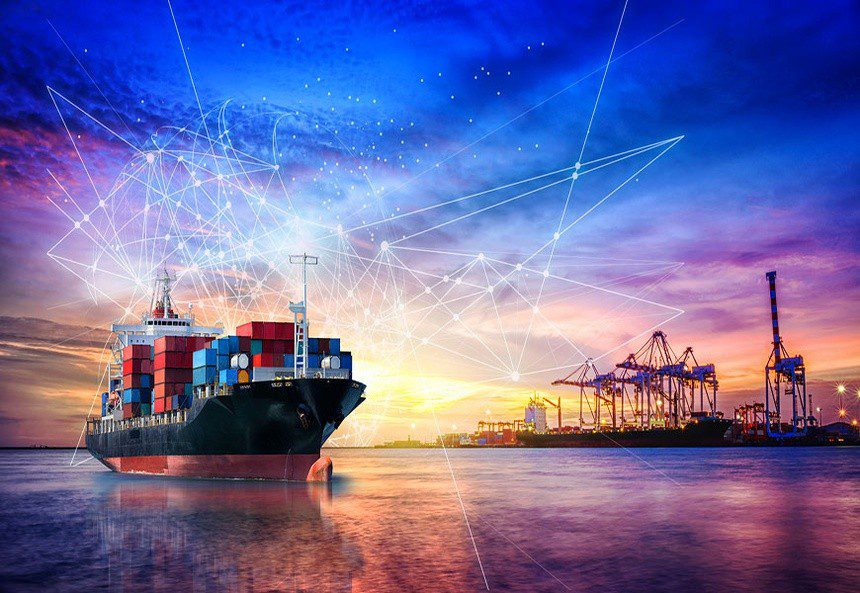Russia’s pipeline gas flows to Europe dropped back in April compared with March, as flows pumped via the TurkStream pipeline to Southeast Europe slipped month on month, an analysis of S&P Global Commodity Insights data showed May 3.
Russian pipeline flows to Europe — excluding Moldova — totaled 2.21 Bcm in April, down by 8% on March, but were nonetheless 11% higher year on year.
Russian deliveries into Europe by pipeline are currently limited to flows via Ukraine entering at the Sudzha point on the Russia-Ukraine border and via the European string of TurkStream.
Supplies via TurkStream to Europe at the Strandzha 2 entry point on the Turkey-Bulgaria border totaled 1.14 Bcm in April, an average of 38 million cu m/d, compared with an average of 43 million cu m/d in March, the data showed.

Two of the main beneficiaries of gas sent to Europe via TurkStream are Hungary and non-EU Serbia, both of which still have relatively close ties with Moscow.
Hungary is one of the few EU countries that still imports significant volumes of Russian pipeline gas and agreed to a 15-year deal in September 2021 with Gazprom for the supply of 4.5 /year of gas.
It also imports additional volumes of Russian gas on top of contracted volumes, with total Russian gas exports to Hungary in 2023 amounting to more than 5.5 Bcm.
Russian gas via TurkStream can also be delivered to Romania, Greece, North Macedonia, and Bosnia and Herzegovina. The pipeline began flowing gas in January 2020.
Russia’s Gazprom also continues to export gas to Europe via Ukraine, despite the ongoing war, with deliveries stable so far in 2024. Austria and Slovakia remain key buyers of Russian gas delivered via Ukraine.
However, the five-year gas transit deal between Russia and Ukraine signed in December 2019 is due to expire at the end of 2024, with the future of transit unclear.
EU energy commissioner Kadri Simson said in March following an EU energy minister summit that the EU had “no interest” in prolonging the trilateral agreement with Russia and Ukraine has ruled out extending the contract.
Russian sanctions
Simson also said in March that the EU should continue to reduce Russian gas and LNG imports in 2024.
There are currently no EU-wide sanctions on the import of Russian gas and LNG, but Brussels has said it wants to phase out all fossil fuel imports from Russia by 2027.
Further, the EU’s revised EU gas package, which was signed off by the European Parliament in April, gives member states the option to restrict access of Russian gas and LNG into their gas systems at the national level.
According to S&P Global data, Russian LNG exports to the EU totaled 14.2 million mt in 2023, up slightly from 14 million mt in 2022.
As well as the national level measures that could be taken, the European Commission is also reported to be considering proposing more sanctions against the Russian LNG sector.
Measures that could be included in its 14th sanctions package against Russia are restrictions on re-exports of Russian LNG landed at EU ports to markets elsewhere.
Also potentially to be included would be measures against three projects under development — Arctic LNG-2, Ust-Luga and Murmansk.
There is no indication, however, that the proposals would include a blanket ban on Russian LNG imports.
It comes as spot LNG prices for delivery into Europe continue to trade below $10/MMBtu.
Platts, part of S&P Global Commodity Insights, assessed the Northwest European LNG marker on May 2 at $/MMBtu.
Source: Platts





